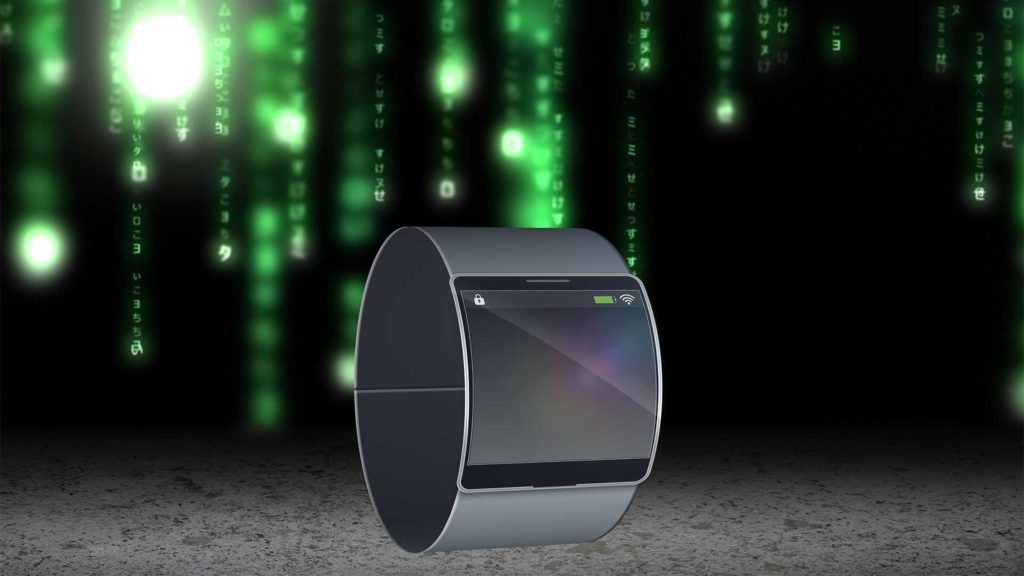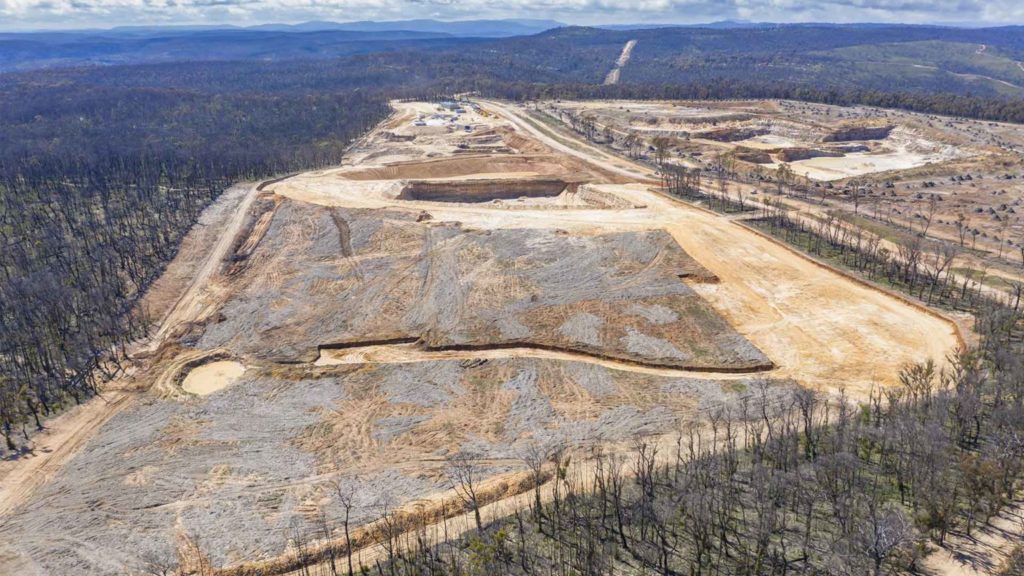Rio Tinto and Lithium Supply
Rio Tinto’s exposure to the iron ore sector is changing with a significant pivot in strategy towards fast-evolving battery metals. The company is looking forward to an exciting future. The focus of a big international mining company into the lithium market is significant because to date specialty incumbents have dominated.

Rio Tinto Lithium Jadar Valley
The Jadar Valley project is key for both Rio Tinto and the lithium market. The global lithium market is short of supply, with prices rising. Low prices over 2019 and 2020 have left producers ill-prepared for a sharp recovery in EV sales as the world is coping with the aftermath of the lockdown. Supply now struggles to catch up with demand, which has led to rising lithium price levels globally. The gap will only widen unless new projects are funded soon, according to Will Adams, the Battery Metals Analyst at Fastmarkets.
Rio might well accelerate phase two of the Jadar project, given that “the strategy is usually more aggressive once proof of production has been achieved and the product accepted by battery makers,” says Benchmark’s managing director Simon Moores. Now that this new energy source is being taken seriously. A company like Rio Tinto Group making such a commitment means that other miners will likely follow suit as they too plan to pivot away from carbon products.
Rio Tinto’s Jadar Valley Lithium Project
The Jadar project in Serbia, owned by Rio Tinto, is slated to be one of the most important greenfield lithium projects worldwide. Jadar will produce battery-grade lithium carbonate, a vital mineral for large-scale batteries for electric cars and renewable energy storage. Jadar will also produce borates essential for developing and operating renewable energy equipment like solar panels or wind turbines. Jadar’s high-grade mineralization and scale will allow long-term operation at the lowest operating costs. The capital committed to the project is $2.4B. The project is set to generate employment for around 2000 people during construction and 1,000 long-term jobs in which 90% will be Serbian (Jadar was named after jadarite, a lithium sodium borosilicate mineral found by the Rio Tinto group in Serbia in 2004 near Loznica, in western Serbia).
Development Plan of the Jadar Project
Rio Tinto’s development plan includes an underground mine, associated infrastructure, and equipment. It will also have a chemical process plant to make lithium carbonate. The mine’s first saleable product is expected to be in 2026. After ramping up to production in 2029, the mine will have an annual output of 58,000 tonnes of lithium carbonate, 160,000 tonnes of boric acid, and 255,000 tonnes of sodium sulfate. Thus, it will make Rio Tinto one of the top ten global lithium producers. Rio Tinto predicts that the mine will produce 2.3 million tonnes of lithium carbonate over its expected 40-year lifespan.
It was back in 2004 that Rio Tinto unexpectedly stumbled upon these borates and lithium deposits. Lithium is extracted from hard-rock mineral deposits and brine beneath salt flats. It is generally used to pack ceramics, glass, and lubricants. But in modern technology, it is an essential component for batteries in mobile phones, laptops, and electric vehicles. Rio Tinto announced plans to invest $2.4 billion in the Jadar project with planned production of up to 58,000 tonnes of lithium carbonate for use in batteries by 2026 if all goes according to plan.
As of now, Rio Tinto has pledged a billion euro sum to finance its project. In the next step, it wants approval and license from regulatory agencies before proceeding, but environmental reports will be made available shortly so everyone can comment on their findings.
The project, which is still subject to regulatory approvals, came to light at the end of May 2020 as part of an announcement that Rio Tinto and Slovakian battery company InoBat will build a value chain for the production and recycling of electric car batteries in Serbia. The Rio Tinto-InoBat partnership will cover the entire life cycle of a lithium battery, from mining to recycling.
The company completed the detailed exploration of their Jadarite deposit in February 2020. The drilling program results are now being incorporated into an update to their geological model, which will better explore this unique mineral and find new ways to be used by industry.
Myriad Challenges
Challenges to the project need to be managed by the Rio Tinto team. This Anglo-Australian multinational has been accused of corruption, fraud, environmental degradation, destruction of artifacts, and human rights violations throughout its nearly 150-year-long history. The Jadar Valley project is currently the subject of controversy for multiple reasons.
Forced Displacement
The mine will require the voluntary relocation of 81 households and the purchase of fields of 293 landowners. The brochure distributed to affected persons stated that expropriation would only be considered an option if the land and homes were not sold. The company has already purchased about 80% of the property and land. These sums are “unheard of.” They could be hundreds of thousands of euros in some cases. This is based on a payout of €470 (£397) for each sq meter of property. Rio Tinto offered 5% bonuses for those who signed up within four months. The owners know their homes will be destroyed, so they rip out windows, doors, and roofs. This leaves behind desolate scenes for anyone who has not accepted Rio Tinto’s offer or is yet to receive anything.
[image: abandoned houses]
Impact on the Environment
Lithium mining will have a significant environmental impact. It will produce 57m tonnes per year of industrial waste and rock material, about 1.3 liters of liquid for each kilo. Serbia has several internationally recognized important bird and biodiversity areas for conserving bird populations. The spokesperson for the company stated that so far, no threats have been identified to the fauna living in these areas. “No activities have been or will continue to be conducted during active nesting.”
The company has requested 12 environmental studies. However, only one has been made publicly available. The University of Belgrade’s biology faculty found that efforts to reduce the impact on more than 145 species of protected species, including wolves, beavers, bats, salamanders, and pond turtles, as well as fish, flora, and fauna, would have minimal success. The study concluded that due to the anticipated irreversible changes occurring in some ecosystems, the risks of significant endangerment to the living world of Jadar and the Drina. The best and most basic way to avoid the adverse effects of the current state of biodiversity in the area is to abandon the planned exploitation of jadarite.
Ratko Ristic, a professor of forestry, has lobbied against the Jadar mine along with other members of the Serbian Academy of Sciences and Arts. He claimed that “the potential benefits for Serbia [from the Jadar Project] are between €7m to €30m per year, and the possible income from advanced agriculture activity in the same region would be more than €80m per year without pollution or relocation.”
Current Status
Rio Tinto has approved an additional investment of almost $200 million to progress the next stage of development on a lithium-borate project in Serbia. According to initial plans, this will primarily fund the feasibility study, including detailed engineering designs for permits and land acquisition by 2021. It is essential to obtain all regulatory approvals before starting construction to ensure safety for our future generations.
Although the Jadar project doesn’t yet have the permits required for construction, Rio Tinto is optimistic that the Serbian ministry will grant the go-ahead when it submits its Environmental Impact Assessment (EIA) later in the year.
In January, Aleksandar Vučić (Serbia’s president) said that “the country does not possess natural resources or seawater that could bring it millions. Jadarite is our natural resource, and people are protesting it. They are protesting Rio Tinto in western Serbia, and they claim it will be a disaster. It won’t. There will not be a disaster.”
Vucic suggested that he might open the issue up to a referendum. Still, Miroslav Mijatović (NGO, Podrinje Anti-Corruption Team, Pakt) worries that the government may revise the rules to override such votes. He said that both the previous government and the current government were “clientelistic” towards the company and adapted the laws to suit their needs.
The potential electoral threat from the unpopular mine is highlighted in minutes of a meeting between Rio Tinto executives and the European Commission. These minutes were released under freedom-of-information laws. They note in bold that EU officials were informed that “site construction [will] begin – starting [the second quarter] 2022 – after Serbia’s elections (March 2022).”






